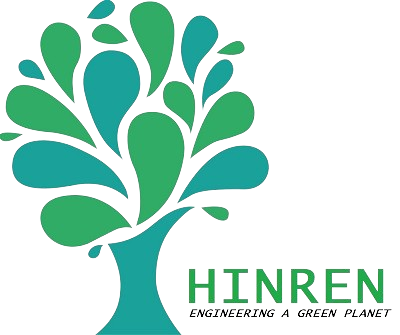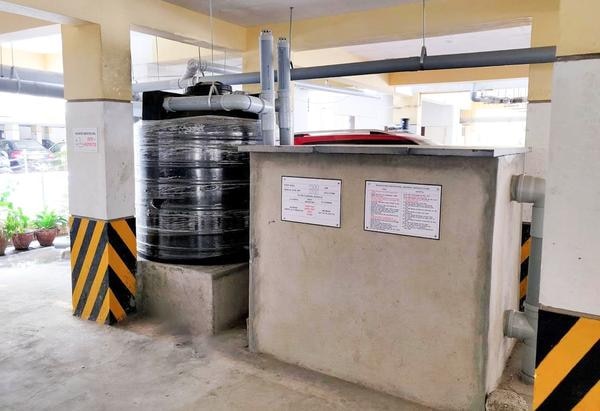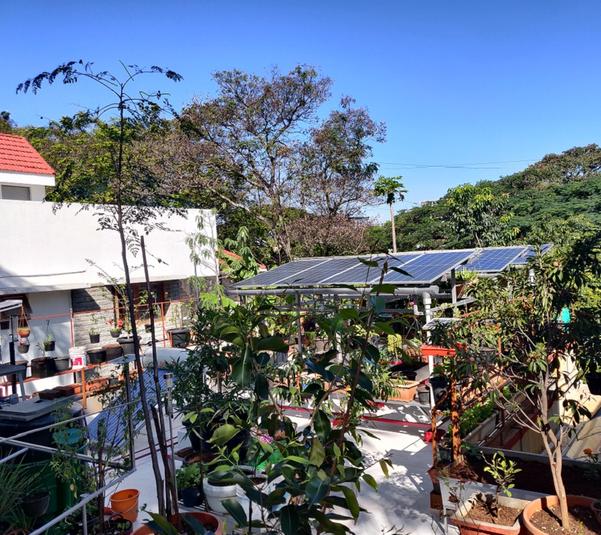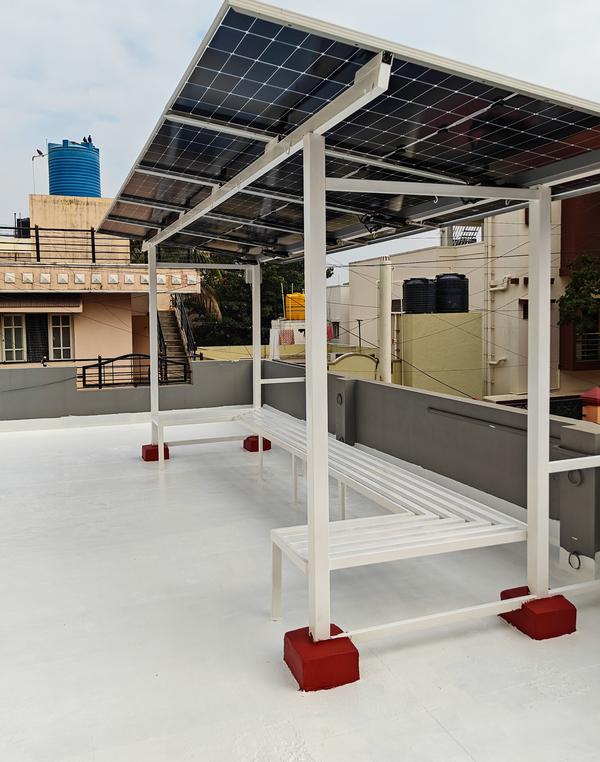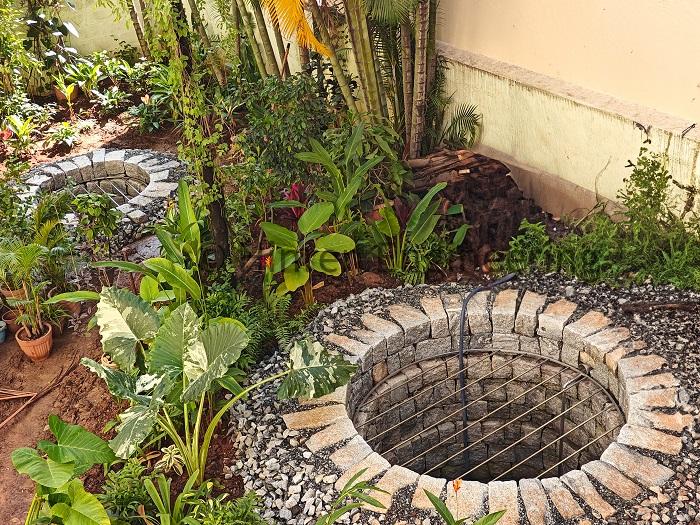Rainwater Harvesting: Efficient, Simple, and Sustainable Rain is one of the cleanest and most renewable resources available. Rooftop rainwater harvesting is the most direct way to capture this gift and reduce dependence on external water sources. It is simple, cost-effective, and eco-friendly—ideal for homes, industries, and communities. How Our System Works A. Collection – Rainwater is captured from the roof through PVC/UPVC gutters or pipes. B. First Rain Separator (FRS) – The initial dirty runoff (carrying dust and debris) is flushed out. C. Sedimentation Tank (Rain Barrel) – Acts as an extension of the FRS. Here, the initial rain is temporarily stored so heavier particles settle down. This water is safe for non-potable use (gardening, cleaning, washing). D. Overflow & Filtration – Excess water passes through a gravel + charcoal filter before entering a sump or recharge well. E. Potable Use (Optional) – For drinking, additional treatment such as boiling or UV filtration ensures safety. Key Features 1. Simple & Low-Maintenance – Easy to install, understand, and operate with minimal upkeep. 2. Reliable – Provides clean, usable water year-round with optional potable-grade filtration. 3.Eco-Friendly – Reduces dependence on municipal supply and groundwater extraction. 4. Cost-Effective – Cuts water bills and builds resilience against shortages. 5. Groundwater Recharge – Overflow water is directed back into the earth, replenishing aquifers for long-term sustainability. Addressing Concerns 1. Water Quality – The combination of FRS + Sedimentation Tank ensures that debris, dust, and larger particles are removed upfront. Cleaner water then flows into filters and storage. The sedimented water itself is safely used for non-potable needs, maximizing efficiency. 2. Maintenance – Regular cleaning of the sedimentation tank and filters keeps the system efficient. 3. Safety – For potable use, only an additional step (boiling/UV filtration) is required. Conclusion Rooftop rainwater harvesting is simple technology with big impact. By collecting, settling, filtering, storing, and recharging rain where it falls, we conserve resources, reduce costs, and secure water for the future. “Catch the rain where it falls—clean, efficient, and sustainable.”
